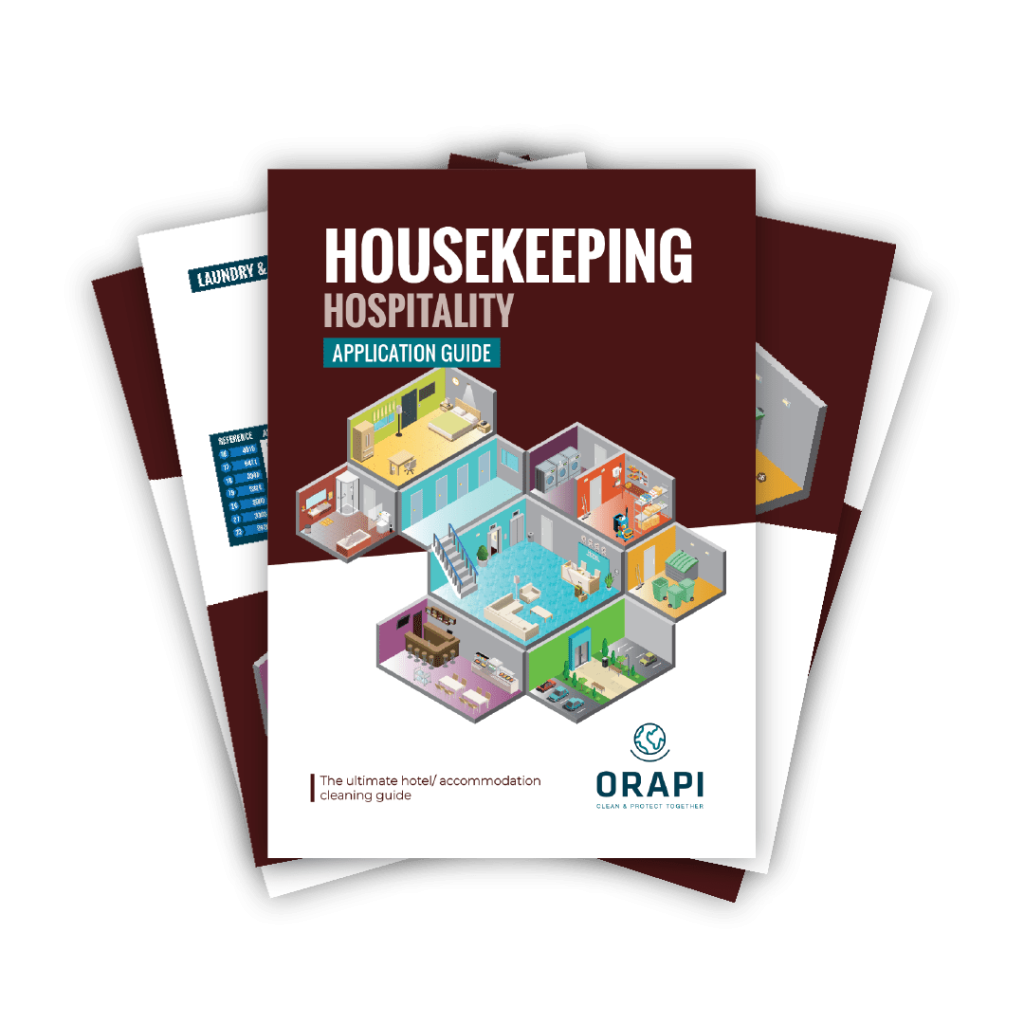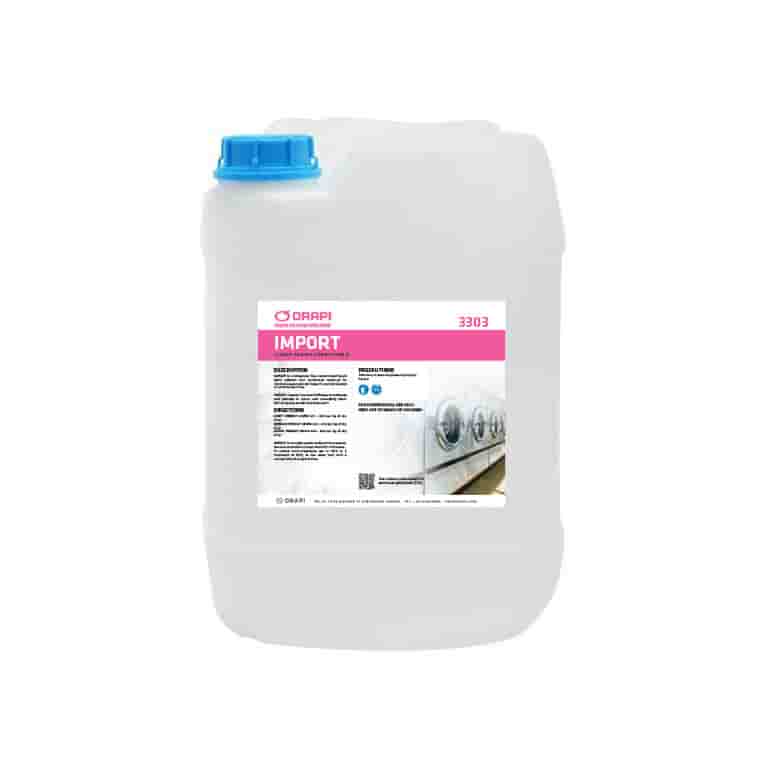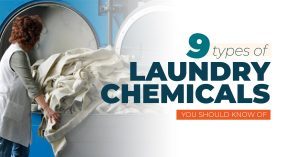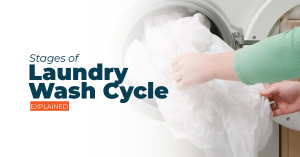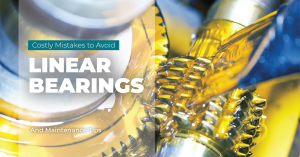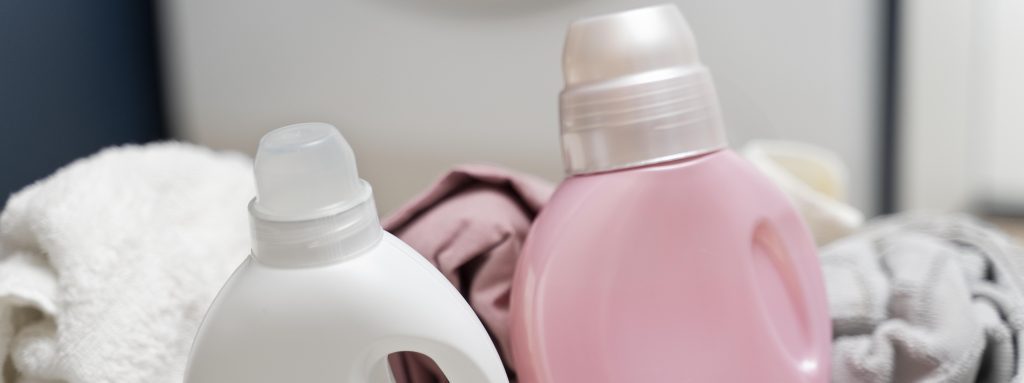
Fabric softener is a versatile product that can be used for more than just softening your laundry. It can also improve fabric quality, reduce drying time, creases, and wrinkles and add fragrance to your laundry, making it a cost-effective multitasker. However, similar to laundry detergent and dish soap, there are certain things that you should avoid doing with fabric softeners. If you have some fabric softener lying around and are unsure how to use it, here is everything you should know about the product and how to use it.
Fabric Softeners Purpose

Softens Fabrics
Fabric softener not only softens clothes, making them feel smoother and more comfortable against the skin, but also adds a touch of luxury to the laundry experience. This is particularly beneficial for rough or stiff fabrics, such as towels or denim, providing comfort and indulgence when wearing freshly washed clothes.
Reduces Static Electricity
Fabric softener is a great way to reduce static cling in clothing, which is particularly useful during colder months when static electricity tends to build up more. Fabric softeners and dryer sheets work by absorbing the static electricity that forms between different fabrics during your dryer cycle. The fabric softeners that coat dryer sheets contain positively charged ions that balance out the electrons and ions that cause static cling, leaving your clothes feeling soft and free of static.
Improves Scent
Many fabric softeners add a pleasant fragrance to clothes, leaving them smelling fresh and clean after washing. This can mask any lingering odours and enhance the overall laundry experience.
Reduces Creases and Wrinkles
Fabric softeners help reduce wrinkles and creases in clothing, which makes them easier to iron or eliminates the need for ironing altogether in some cases. When you wash and dry your clothes, they get stripped of all moisture, making them stiff and hard, especially if you live in a dry and warm climate. Fabric softeners work by coating the surface of fabrics with a thin layer of waxy chemicals that have lubricating properties. This way, when your clothes dry, they don’t feel stiff anymore.
Preserves Fabric Quality
Fabric softener provides multiple benefits to your laundry. Not only does it help preserve the quality of clothes, towels, and linens by reducing friction and preventing fibres from becoming stiff, but it also aids in fabric care by containing ingredients that protect and maintain the quality of fabrics. These conditioning agents help prevent fibres from becoming damaged or worn out over time, ensuring that your laundry looks newer for longer.
Reduces Drying Time
Fabric softener can help clothes dry faster by lubricating and softening the fibres in fabrics. This process reduces the surface tension of water on fabric fibres, decreasing friction. By reducing friction, fabrics become more aerodynamic and less prone to clumping together during the drying process. As a result, air can circulate more freely through the laundry load, leading to faster evaporation of moisture and shorter drying times.
The Difference Between Detergent and Softener

If you’re new to using fabric softener, you may be wondering how it differs from laundry detergent. In simple terms, detergent is used to remove dirt and grime from clothes, while fabric softener is designed to protect and strengthen your clothing during the wash cycle so that it retains its natural shape. It can be compared to the conditioner you use after washing your hair with shampoo. Fabric softener helps reduce wrinkles, static cling, and the fuzz that accumulates in the wash. Additionally, it makes fabrics softer and fluffier on your skin.
It’s important to remember that fabric softeners should not be used alone because they don’t contain cleaning agents. If you use fabric softeners alone, your clothes will still be dirty and covered in a layer of waxy chemicals.
Types of Fabric Softeners
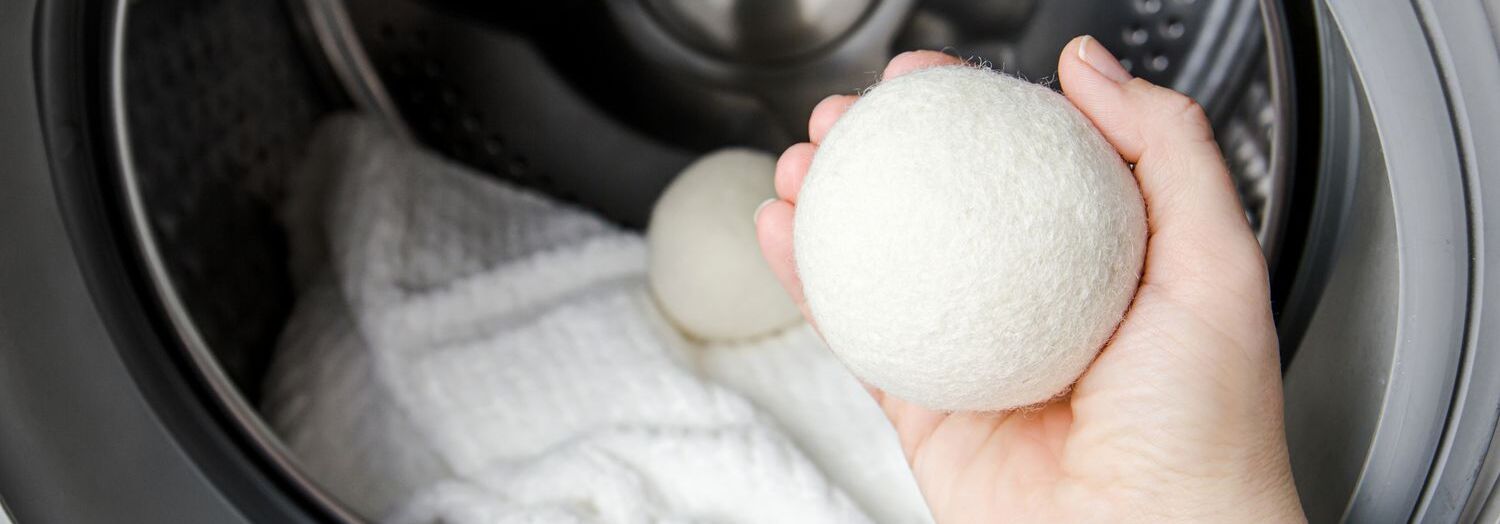
Dryer Sheets
These are thin, disposable sheets added to the dryer along with the laundry. As the dryer heats up, the sheet releases a coating onto the fabrics, reducing friction between them, leading to softer clothes. They also help in minimising static electricity, which can cause clothes to cling together.
Dryer Balls
These are usually made of rubber or wool and are reusable. They are placed in the dryer along with the laundry. As the dryer tumbles, the balls agitate the fabrics, helping to fluff them up and soften them. Unlike dryer sheets and liquid fabric softeners, dryer balls do not leave a coating on the fabric; instead, they work mechanically by physically separating and loosening the fibres.
Traditional Liquid Fabric Softener
This is a liquid product that is added during the washing machine cycle. It works by coating the fabric’s fibres with a thin layer of chemicals that make them feel softer. The softening effect occurs during the rinse cycle when the fabric softener is released into the water and absorbed by the fabric.
ORAPI RECOMMENDS:
IMPORT is a phosphate-free, concentrated liquid fabric softener and conditioner designed for minimal environmental impact in commercial and on-premise laundries.
IMPORT imparts luxurious fluffiness, smoothness, and softness to cotton and cotton/poly fabric blends, leaving a fresh and clean scent.
Things To Avoid With Fabric Softeners
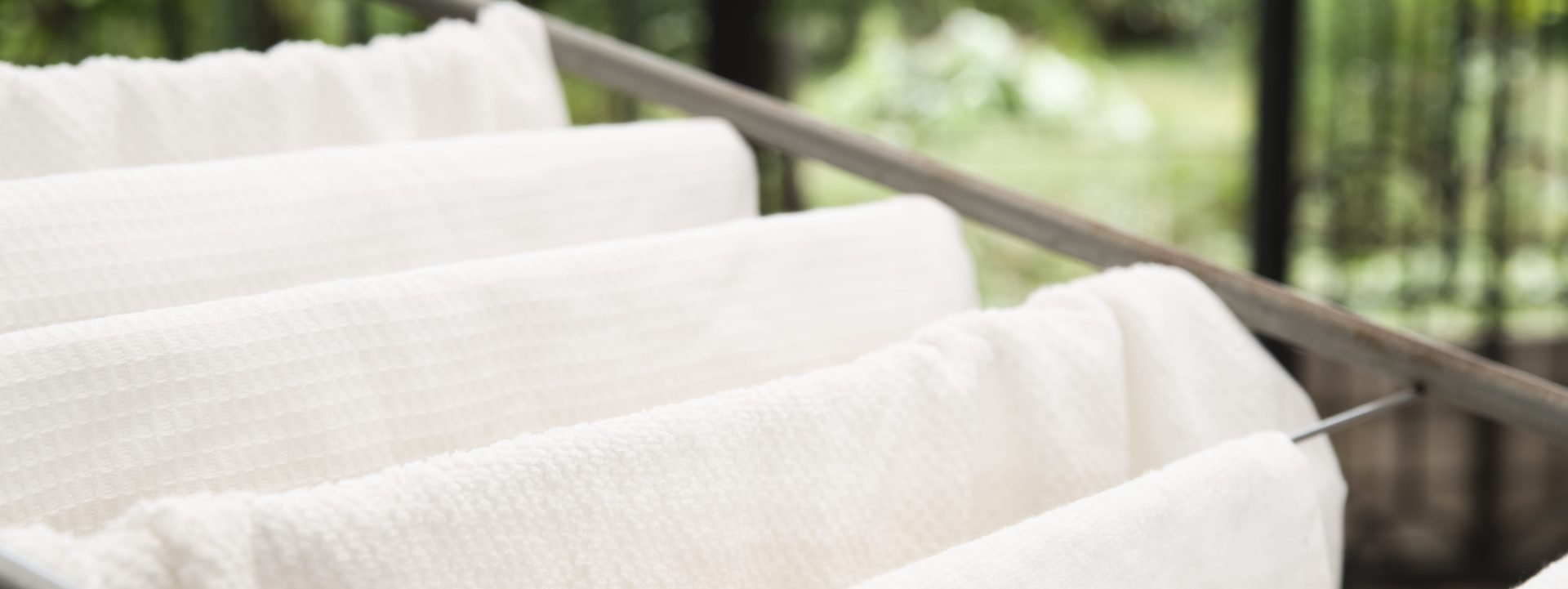
Refrain from Using Fabric Softeners on Certain Fabrics
Fabric conditioner is generally safe to use on all types of fabrics, but some items may not work effectively if washed with it. Fabric conditioners leave a silky film on the surface of clothing, which gives it a smooth feel, but this can affect a material’s ability to absorb.
Items meant to absorb water, such as hand and bath towels, tea towels, microfiber cloths designed to absorb water, and quick-dry sports wear that absorbs sweat, should be treated with care. To maintain the softness and fluffiness of towels while still ensuring they remain absorbent, it’s recommended to wash them alternately with and without fabric conditioner.
Always follow the instructions on the care label of your fabric items, and read the label on the fabric conditioner before use.
Here’s a list of fabric items that are water-absorbent and flame-resistant and, therefore, should be avoided using fabric softeners:
Water-absorbent fabrics:
- Towels
- Washcloths
- Bathrobes
- Kitchen towels
- Cloth diapers
- Swimsuits
Flame-resistant fabrics:
- Children’s clothes (such as baby pyjamas)
- Certain workwear
- Blankets
- Curtains or drapes
- Upholstery fabrics for furniture
Avoid Using Fabric Softeners on Baby Items
It’s recommended to avoid using fabric softeners on baby clothes. Many baby pyjamas are flame-resistant, and fabric softeners could diminish the effectiveness of this feature. Additionally, babies have more delicate skin that might become irritated by chemicals present in fabric softeners and regular detergents, such as fragrances and various additives like cationic surfactants (such as quaternary ammonium compounds). To keep baby’s clothes soft without adding unnecessary risk, we suggest using a “free and clear” detergent following the instructions mentioned on the label.
Does Fabric Softener Harm Washing Machines

Some fabric softeners contain petroleum and animal fats, which do not break down completely in the washing machine. This can clog pipes and cause mould growth. Though we recommend using natural fabric softeners, if you choose to use fabric softeners, it is important to run a load or two with just detergent to clear away any build-up first and prevent the growth of mould and mildew.
Where Do You Add Fabric Softener
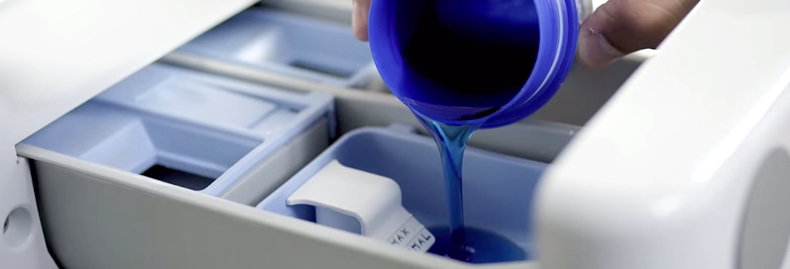
Most washing machines come with a designated slot for adding fabric softener, which eliminates the need to wait until the rinse cycle. Previously, the only option was to halt the machine and manually add the fabric softener. Nowadays, many machines have separate slots for detergent, bleach, and fabric softener, allowing you to add them at the beginning and forget about it. However, if your washing machine lacks a slot for fabric softeners, or you prefer to add them manually, wait until the final rinse cycle and pause the machine. Add the recommended amount to the tub when it is filled with water, or dilute some fabric softener and add it to the load.
When Should You Use Fabric Softener
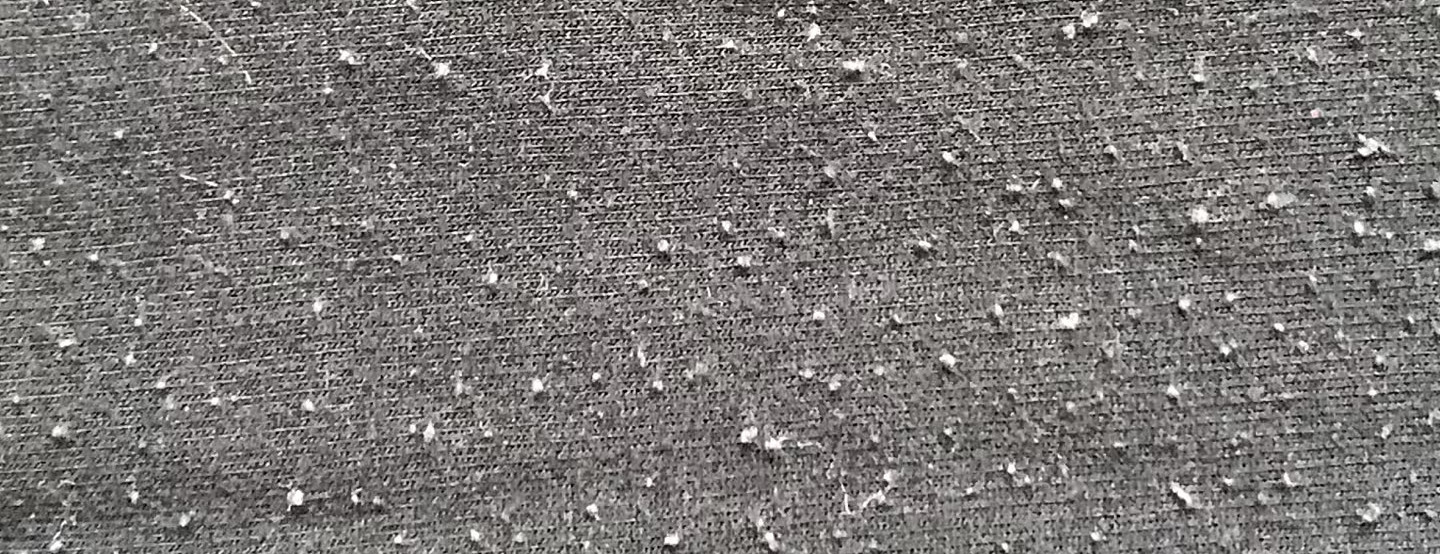
It is commonly believed that fabric softener should be added to the washing cycle along with the detergent. However, this is incorrect. Fabric softener should be after the final rinse cycle instead. Adding it during the wash cycle will eliminate the chemical residue that makes clothes softer, rendering it ineffective.
It’s important to note that you don’t need fabric softener in every wash. This product doesn’t contribute to the cleaning or washing of your clothes, so you don’t need to worry about unpleasant odours or stain removal if you skip it. Fabric softener is not an essential part of the washing process but an extra element that can add fragrance (if you use a scented softener), make your clothes soft and cosy, and remove wrinkles.
Bed Linen
Whether to use fabric softeners with bed linen depends on personal preference. Fabric softeners can make your bed linen feel softer and more comfortable and help reduce static cling and wrinkles. However, some people may be sensitive to the fragrances or chemicals in fabric softeners, so if you have sensitive skin or allergies, you may want to avoid using them or choose a hypoallergenic option. Additionally, if you prefer the crisp feel of freshly laundered bed linen, you might opt not to use fabric softeners. Ultimately, it’s up to you to decide based on your preferences and any sensitivities you may have.
Hard Water
If you live in an area with hard water, you may have noticed that your clothes feel rough after being washed. This is because hard water has a high mineral content that clings to the fibres of your clothing, making them stiff and uncomfortable. This also causes the detergent to lose its efficiency, needing more of it to perform a thorough clean. To combat this issue, you can add a softener to your washing machine during the wash cycle, which will help to remove some of these stubborn and harsh chemicals.
To Reduce Lint Balls
Bobbles and lint are unsightly elements that can damage the appearance of clothing. They occur when the fibres of your clothing rub against each other, causing small, loose balls to form on the fabric. Fabric softeners can help prevent this issue by strengthening the fibres of your clothing and reducing friction between them.
To Keep Fabric Looking Good As New
Have you ever felt frustrated after seeing your new shirt turn into a rag as it comes out of the washing machine? If so, adding just a small amount of fabric softener to the load will help smooth the fibres in your clothing, minimising the friction caused during wash cycles and reducing wear and tear.
Conclusion
Fabric softener is a versatile product that offers benefits beyond just softening laundry. It can reduce static electricity, preserve fabric quality, and even help in reducing drying time. Its multifunctional nature makes it a valuable addition to laundry routines. However, users should exercise caution, especially with water-absorbent and flame-resistant fabrics, as well as with baby items. Furthermore, understanding proper usage, including when and where to add it during the washing process, is crucial for optimal results. By harnessing the benefits of fabric softener while being mindful of its limitations, individuals can enhance their laundry experience and effectively prolong the lifespan of their garments.
